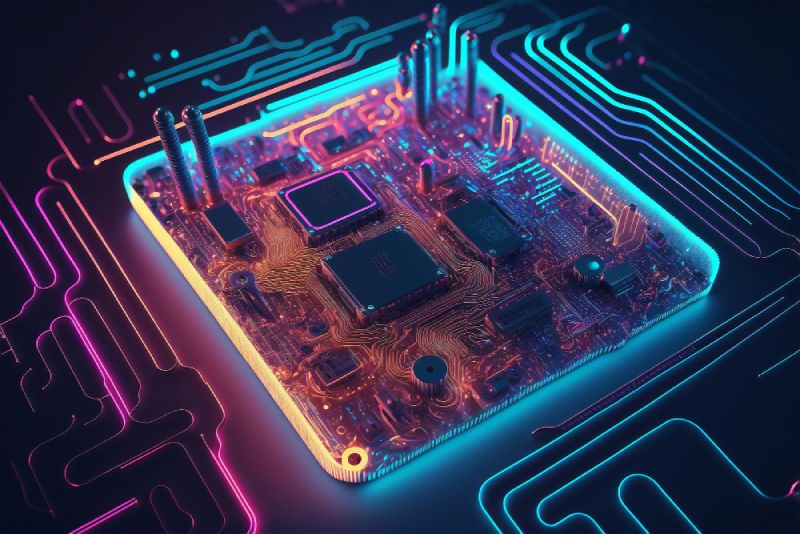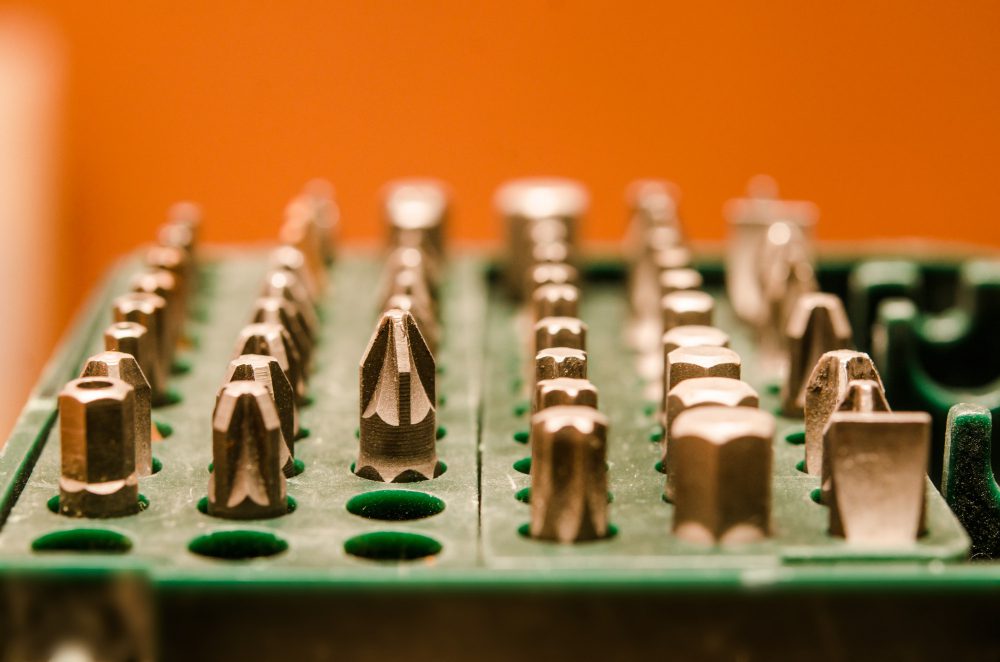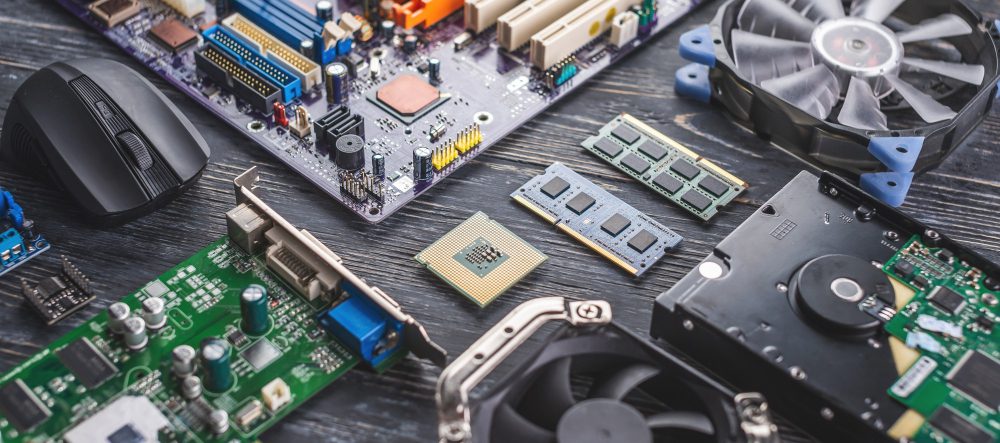The Role of VRMs in Motherboards
Motherboards are one of the most critical components of any computer, and they play a crucial role in determining its overall performance. VRMs, or Voltage Regulator Modules, are an essential part of any motherboard, and they play a crucial role in regulating the voltage supplied to the processor.
What are VRMs?
VRMs are tiny modules, usually found on the motherboard, that convert the high voltage supplied by the power supply into a lower voltage that is suitable for the processor. The VRM consists of a group of MOSFETs that use PWM, or Pulse Width Modulation, to regulate the voltage.
Why are VRMs important?
The processor is one of the most critical components of any computer, and it requires a stable and consistent voltage supply to function correctly. Without a stable voltage supply, the processor can become unstable or even damaged, leading to system crashes or permanent damage to the computer.
Types of VRMs
There are two types of VRMs commonly used in motherboards:
- Buck Regulator VRMs
A Buck Regulator VRM is the most commonly used type of VRM and is used in most motherboards. Buck regulators are highly efficient and can provide a stable voltage supply even under heavy loads.
- Linear Regulator VRMs
Linear Regulator VRMs are less efficient than Buck Regulator VRMs and are used in low-end motherboards. They regulate voltage by dissipating excess power as heat, which can lead to system instability under heavy loads.
Factors to consider when choosing a motherboard with VRMs
When choosing a motherboard, several factors should be considered regarding VRMs:
- Number of VRMs: A higher number of VRMs generally means better voltage regulation and stability.
- Quality of VRMs: High-quality VRMs are generally more stable and efficient than low-quality VRMs and can deliver better performance.
- Overclocking: The ability to overclock the processor depends heavily on the quality and number of VRMs available on the motherboard.
- CPU Power: High-end processors require more power than low-end processors, and the motherboard VRMs should be able to handle the power requirements of the processor.
“VRMs are essential components of any motherboard and play a crucial role in ensuring the stability and performance of the computer. Factors such as the number and quality of VRMs should be considered when choosing a motherboard for your computer.”
What are motherboard power phases and VRMs?
Voltage Regulator Modules (VRMs) and power phases are crucial components of a motherboard, responsible for delivering power to the CPU and other parts of the system. Let’s break down these terms:
- Voltage Regulator Module (VRM): The VRM is a type of DC-DC converter that transforms the voltage level from the PSU (Power Supply Unit), typically +12V, into a much lower voltage level that the CPU or GPU can use, usually between 0.5V and 1.5V. The VRM must deliver this power smoothly and consistently to ensure the stable operation of these components, especially under load.
- Power Phases: A power phase is a part of the VRM circuit. Each phase includes components such as MOSFETs (which switch the power on and off), chokes (which store energy and smooth out current fluctuations), and capacitors (which further smooth out the voltage and current). The number of phases a VRM has is usually related to its ability to deliver clean and stable power. More phases typically allow for better power delivery, especially under heavy loads.
- MOSFETs: MOSFETs (Metal Oxide Semiconductor Field-Effect Transistors) are a type of transistor used in the VRM to switch power on and off rapidly. They play a critical role in the conversion of voltage from the high level supplied by the PSU to the lower level required by the CPU or GPU.
- Chokes: Also known as inductors, chokes are used to store energy and smooth out current fluctuations in the VRM circuit.
- Capacitors: Capacitors are used to smooth out the voltage and current, filtering out any noise or oscillations that could interfere with the operation of the CPU or GPU.
The VRM and power phases are particularly important for overclocking, where the CPU or GPU is run at speeds higher than its rated specification. Overclocking increases the power demands of the component, so a higher-quality VRM with more phases can provide cleaner and more stable power, helping to achieve higher and more stable overclocks. For most users, however, as long as the motherboard’s VRM is of decent quality and adequately cools, it should deliver satisfactory performance.
Conclusion
In conclusion, VRMs are an essential part of any motherboard, and they play a crucial role in regulating the voltage supplied to the processor. A stable and consistent voltage supply is critical for the proper functioning of the processor, and a stable motherboard with high-quality VRMs is necessary for optimal performance and stability. When choosing a motherboard, several factors, such as the number and quality of VRMs, should be considered to ensure the best performance for the computer.



